Hanfu for Beginners: A Comprehensive Guide to Getting Started
_1_国风课堂_来自小红书网页版-1.jpg)
Hanfu, the traditional attire of the Han Chinese, has been experiencing a remarkable renaissance in recent years. Rooted in thousands of years of history, Hanfu not only represents a revival of cultural heritage but also serves as a stylish and elegant fashion choice today. If you’re new to Hanfu and eager to embrace this beautiful tradition, this comprehensive guide will walk you through everything you need to know to get started.
Table of Contents
- Introduction to Hanfu
- Understanding Hanfu Sizes
- Exploring Hanfu Styles
- How to Wear Hanfu
- Where to Buy Hanfu
- Hanfu Accessories and Maintenance
- Tips for Beginners
- Conclusion
Introduction to Hanfu
Hanfu, short for “Hanfu attire,” refers to the traditional clothing worn by the Han Chinese people from ancient times up until the end of the Ming Dynasty in the 17th century. Unlike the modern qipao or cheongsam, Hanfu encompasses a wide variety of garments, each reflecting the cultural and societal norms of different historical periods.
The Cultural Significance of Hanfu
Wearing Hanfu is more than just donning traditional clothing; it’s a celebration of Chinese heritage, artistry, and philosophy. Each element of Hanfu, from its flowing robes to intricate embroidery, embodies the elegance and refinement of ancient Chinese civilization.
The Hanfu Revival
In recent years, there’s been a significant resurgence of interest in Hanfu, especially among the youth. This Hanfu movement aims to revive and sustain traditional Chinese culture, blending it seamlessly with contemporary fashion trends.
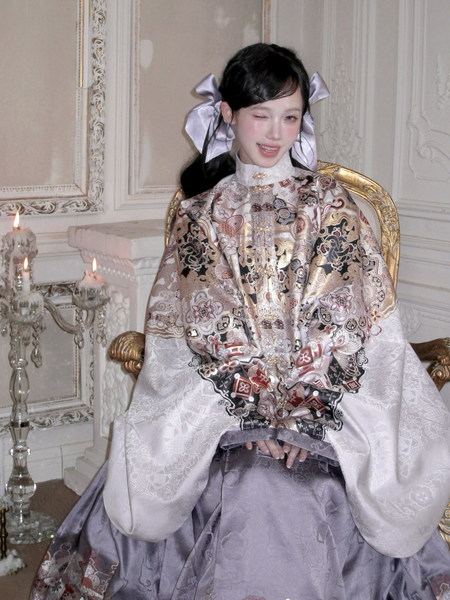
Understanding Hanfu Sizes
Selecting the right size is crucial for both comfort and the overall aesthetic of Hanfu. Unlike Western clothing, Hanfu sizing often follows traditional measurements, which can be different from modern standards.
Traditional vs. Modern Sizing
- Traditional Sizing: Historically, Hanfu sizes were based on body measurements such as chest, waist, and length from shoulder to hem. These sizes can vary significantly depending on the historical period and region.
- Modern Sizing: Nowadays, many Hanfu brands adopt more standardized sizing similar to contemporary clothing, often labeled as S, M, L, XL, etc., to cater to a broader audience.
How to Determine Your Size
- Measure Your Body: Use a soft measuring tape to take accurate measurements of your chest, waist, hips, shoulder width, and the length from your neck to the desired hemline.
- Check Size Charts: Refer to the specific size chart provided by the Hanfu manufacturer or retailer. Due to variations in design and tailoring, sizes can differ between brands.
- Consider Fit Preferences: Decide whether you prefer a looser or more fitted appearance. Traditional Hanfu tends to be more flowing, but modern interpretations may offer varying fits.
- Account for Layers: If you plan to wear additional layers or accessories, factor in extra room for comfort.
Sizing Tips
- Always measure yourself accurately and refer to size charts specific to the brand.
- If between sizes, choose the larger size for a more authentic Hanfu drape.
- Read customer reviews for insights on sizing accuracy and fit.
Exploring Hanfu Styles
Hanfu is a diverse category encompassing various styles that originated from different historical periods, regions, and social statuses. Understanding these styles will help you choose the one that best fits your preferences and occasions.
Major Hanfu Styles
- Ruqun (襦裙): A two-piece outfit consisting of a short jacket (襦) worn over a long skirt (裙). This is one of the most common and versatile Hanfu styles, suitable for daily wear and formal occasions.
- Shenyi (深衣): A one-piece garment that combines the top jacket and bottom skirt into a single flowing robe. Shenyi is considered one of the most traditional Hanfu forms, symbolizing scholarly status.
- Aoqun (袄裙): Similar to Ruqun but typically features a longer jacket. It offers a layered appearance, combining an outer jacket with a skirt.
- Duanmian (短棉): Short-sleeved Hanfu, ideal for warmer weather. It maintains the elegant silhouette while providing comfort in heat.
- Pao (袍): A long robe usually worn by officials and scholars. Pao often features wide sleeves and intricate patterns, representing authority and refinement.
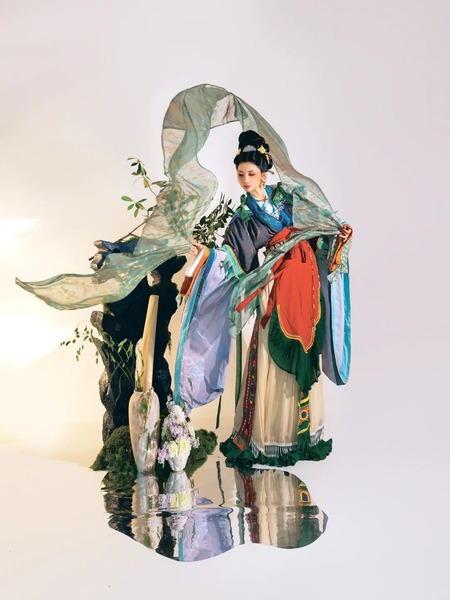
Historical Influences
- Han Dynasty Hanfu: Characterized by simple lines and modest designs, emphasizing natural beauty and grace.
- Tang Dynasty Hanfu: Known for its opulence and flamboyant styles, reflecting the cosmopolitan nature of the Tang era.
- Song Dynasty Hanfu: Features more subdued colors and intricate embroidery, aligning with the period’s scholarly and artistic pursuits.
- Ming Dynasty Hanfu: Marked by structured silhouettes and elaborate detailing, showcasing craftsmanship and elegance.
Choosing the Right Style
Consider factors such as your personal style, the occasion, and the season when selecting a Hanfu style. For beginners, Ruqun and Shenyi are great starting points due to their versatility and widespread appeal.
How to Wear Hanfu
Wearing Hanfu is an art that combines proper garment layering, accessory selection, and etiquette. Here’s a step-by-step guide to help you wear Hanfu with grace and authenticity.
Step 1: Start with the Undergarments
Begin with comfortable, lightweight undergarments such as a silk or cotton camisole and pants. These not only provide comfort but also help maintain the structure of the Hanfu.
Step 2: Don the Inner Layer
For styles like Ruqun or Aoqun, wear the inner skirt or lower garment first. Ensure it fits snugly around the waist and hips.
Step 3: Put on the Top Jacket
Layer the outer jacket or robe over the inner garment. Adjust the sleeves and length to ensure they flow naturally.
Step 4: Secure with Belts and Sashes
Use belts or sashes to secure the Hanfu around your waist or chest, depending on the style. This not only keeps the garment in place but also enhances the silhouette.
Step 5: Add Accessories
Complement your Hanfu with traditional accessories such as headpieces (簪子 – zānzi), earrings, necklaces, and decorative hairpins. Choose accessories that match the color and style of your Hanfu for a cohesive look.
Step 6: Final Adjustments
Ensure that all layers drape smoothly and that the Hanfu allows for comfortable movement. Make any necessary adjustments to the fit and alignment of the garment.
Wearing Hanfu Tips
- Practice Dressing: Hanfu can be complex, so practice putting it on several times before wearing it in public.
- Move Gracefully: Hanfu is designed for fluid movements. Practice walking and moving to maintain the elegance of the garment.
- Maintain Balance: Ensure that the Hanfu is balanced in terms of volume and fit to prevent it from looking too heavy or too light.
Where to Buy Hanfu
Choosing the right place to purchase Hanfu is essential for quality, authenticity, and fit. Whether you prefer online shopping or visiting a physical store, there are numerous options available.
Online Stores
- AliExpress and Taobao: These platforms offer a vast selection of Hanfu styles at various price points. However, be cautious of quality and sizing discrepancies.
- Specialized Hanfu Retailers: Websites like Mr. & Mrs. Han and Hanfu HQ specialize in authentic Hanfu, offering detailed size guides and customer support.
- Etsy: A great place for unique, handmade Hanfu pieces, often with customizable options.
Physical Stores
- Local Boutiques: In cities with significant Chinese communities, you can find local Hanfu boutiques that offer personalized fitting and styling assistance.
- Cultural Festivals: Hanfu vendors often participate in cultural festivals and events, providing an opportunity to try on garments before purchasing.
Custom-Made vs. Ready-Made
- Custom-Made Hanfu: Ideal for a perfect fit and personalized design. This option is suitable for those willing to invest more time and money for a bespoke experience.
- Ready-Made Hanfu: Convenient and cost-effective, ready-made Hanfu offers a variety of styles and sizes. It’s an excellent choice for beginners looking to experiment with different looks.
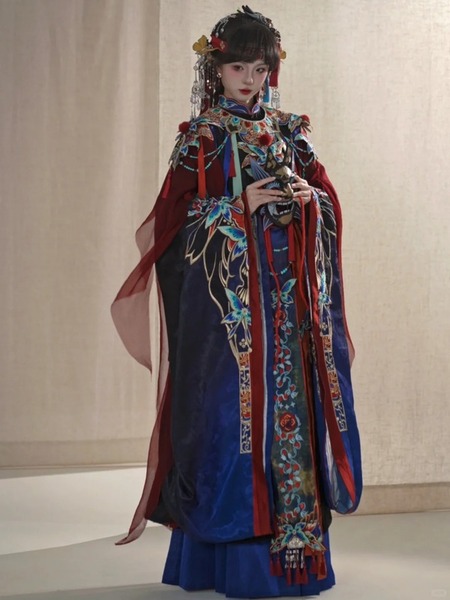
Tips for Buying Hanfu
- Read Reviews: Check customer reviews for insights on quality, sizing, and customer service.
- Check Return Policies: Ensure the seller has a fair return or exchange policy in case the Hanfu doesn’t fit or meet your expectations.
- Confirm Authenticity: Look for authentic materials and traditional designs to ensure you’re getting genuine Hanfu.
Hanfu Accessories and Maintenance
Accessories play a vital role in completing your Hanfu ensemble, while proper maintenance ensures the longevity of your garments.
Essential Hanfu Accessories
- Headpieces (簪子 – Zānzi): Decorative hairpins or combs used to adorn your hairstyle. Common styles include jade combs, floral hairpins, and ornamental headbands.
- Jewelry: Simple necklaces, earrings, and bracelets that complement the elegance of Hanfu without overpowering it.
- Belts and Sashes: Woven or embroidered belts that add structure and color to your outfit.
- Footwear: Traditional shoes like silk slip-ons or embroidered flats enhance the authentic look.
Maintenance Tips
- Proper Storage: Store Hanfu in a cool, dry place away from direct sunlight to prevent fading and damage.
- Cleaning: Follow the care instructions provided by the manufacturer. Hand washing is often recommended to preserve delicate fabrics and embroidery.
- Handling with Care: Avoid excessive pulling or stretching of the garment. Use padded hangers to maintain the shape.
Preserving Hanfu Quality
- Avoid Mold and Mildew: Ensure that Hanfu is completely dry before storing it to prevent mold growth.
- Regular Inspections: Check for loose threads, missing buttons, or damaged embroidery and address them promptly.
- Protect from Pests: Use natural repellents like cedar chips to deter moths and other pests from damaging your garments.
Tips for Beginners
Embarking on your Hanfu journey is exciting, and these tips will help you navigate the initial steps with ease.
Start Simple
Begin with straightforward styles like Ruqun or Shenyi to get accustomed to wearing Hanfu. These styles are versatile and easier to handle compared to more intricate designs.
Learn Traditional Etiquette
Understanding the cultural significance and proper etiquette associated with Hanfu enhances your appreciation and presentation. Practices like how to bow correctly or the appropriate occasions to wear Hanfu are essential.
Join Hanfu Communities
Engage with online forums, social media groups, or local Hanfu clubs. Connecting with fellow enthusiasts provides support, styling ideas, and opportunities to participate in events.
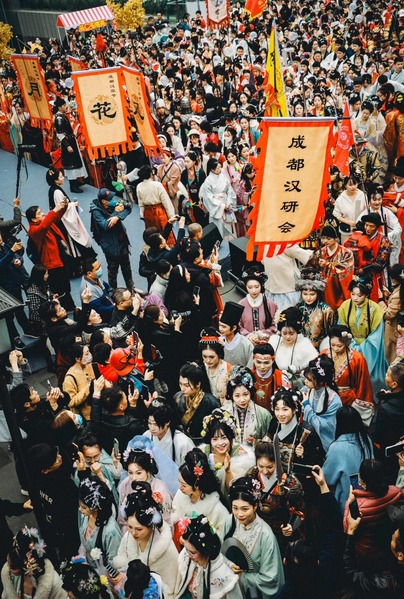
Practice Makes Perfect
Wearing Hanfu can be challenging initially. Practice dressing and moving in a Hanfu at home to build confidence before stepping out.
Embrace the Experience
Enjoy the process of learning and embodying this rich cultural heritage. Each Hanfu piece tells a story, and your journey is a continuation of its legacy.
Conclusion
Hanfu is more than just traditional clothing; it’s a vibrant expression of Chinese culture and history. Whether you’re drawn to its elegant aesthetics, fascinated by its historical roots, or eager to participate in the Hanfu revival, this comprehensive guide equips you with the essential knowledge to embark on your Hanfu journey.
Remember to choose the right size, explore various styles, learn the art of wearing and accessorizing, and find reputable sources to purchase your Hanfu. Embrace the heritage, connect with the community, and enjoy the grace and beauty that Hanfu brings into your life.
Are you ready to dive into the world of Hanfu? Explore our curated collection of authentic Hanfu garments and accessories here. Share your Hanfu experiences and join our community today!
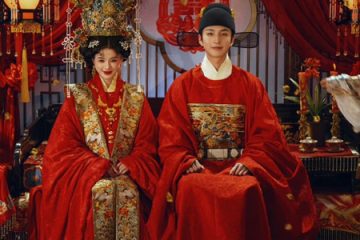
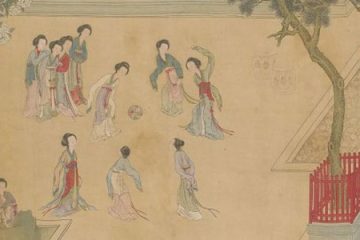
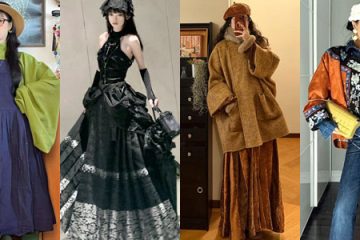
0 Comments